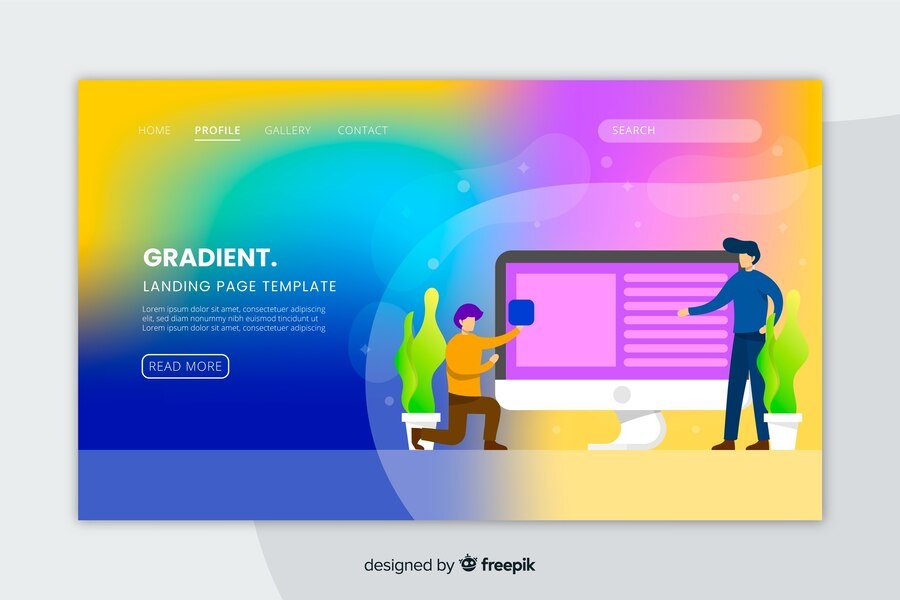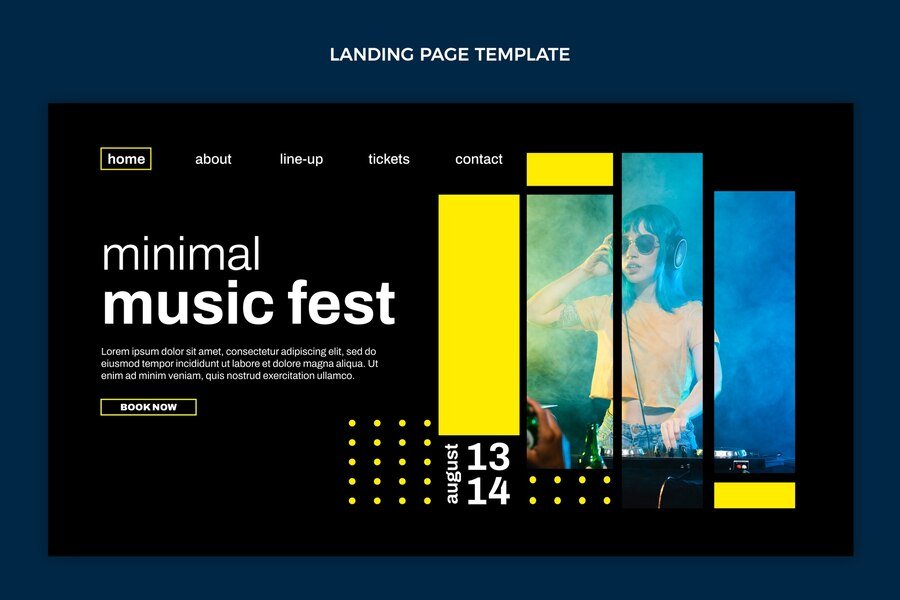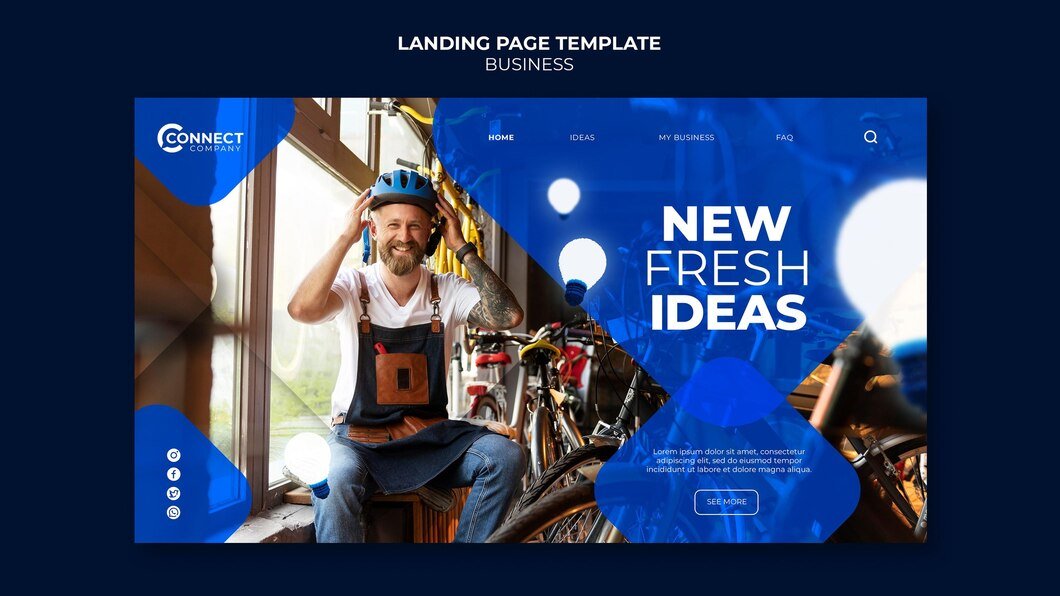In the ever-evolving landscape of digital marketing and communication, the significance of visual storytelling has surged to the forefront. Among the various methods available, whiteboard animations have emerged as a particularly effective medium for conveying complex ideas in an engaging and easily digestible format. This article delves into the critical role of visual storytelling in whiteboard animations Design , exploring its impact on audience engagement, learning retention, and overall communication effectiveness.
Understanding Whiteboard Animations
Whiteboard animations Design are a type of explainer video that simulates the process of drawing on a whiteboard. Typically, these animations feature a hand sketching out illustrations in real-time, accompanied by a narrative voiceover. The simplicity and clarity of this format make it a powerful tool for breaking down complex concepts and presenting them in an accessible and visually appealing manner.
The Power of Visual Storytelling
Visual storytelling leverages the human brain’s innate ability to process images faster than text. This cognitive advantage allows for quicker comprehension and retention of information. In whiteboard animations, visual storytelling involves the strategic use of drawings, text, and voiceovers to craft a narrative that resonates with the audience. Here’s how visual storytelling enhances the effectiveness of whiteboard animations:
1. Engaging the Audience
The primary objective of any communication medium is to capture and maintain the audience’s attention. Whiteboard animations achieve this through dynamic visual elements that are continuously evolving. The act of watching a story unfold, with each drawing building upon the last, keeps viewers intrigued. This is especially crucial in an age where attention spans are dwindling. The hand-drawn visuals create a sense of anticipation and curiosity, encouraging viewers to stay engaged from start to finish.
2. Simplifying Complex Information
One of the standout features of whiteboard animations is their ability to simplify complex information. By breaking down intricate concepts into manageable visual chunks, these animations make it easier for viewers to grasp and remember the content. Visual metaphors and analogies are often employed to bridge the gap between abstract ideas and concrete understanding. This is particularly beneficial in fields such as education, technology, and healthcare, where conveying detailed information clearly and concisely is paramount.
3. Enhancing Memory Retention
Studies have shown that combining visual and auditory information can significantly enhance memory retention. Whiteboard animations Design capitalize on this by integrating illustrations with voiceovers. The dual coding theory suggests that people remember information better when it is presented in both visual and verbal formats. As viewers watch the hand draw each element and listen to the corresponding explanation, they are more likely to retain the information long-term.
4. Creating an Emotional Connection
Storytelling is inherently emotional. By weaving narratives into whiteboard animations, creators can evoke emotions that resonate with viewers. Whether it’s a story of overcoming challenges, achieving success, or solving a problem, the emotional aspect of storytelling makes the message more relatable and impactful. This emotional connection can drive viewers to take action, whether it’s making a purchase, subscribing to a service, or sharing the content with others.
Key Elements of Effective Visual Storytelling in Whiteboard Animations
To harness the full potential of visual storytelling in whiteboard animations, certain elements must be meticulously crafted and executed. These include:
1. Clear and Concise Script
The foundation of any whiteboard animation is a well-written script. The script should be clear, concise, and aligned with the visual elements. It should convey the core message in a straightforward manner, avoiding jargon and unnecessary complexity. A strong script ensures that the narrative flows smoothly and logically, making it easier for viewers to follow along.
2. Engaging Visuals
The visuals in whiteboard animations should be engaging and relevant to the script. Each illustration should complement the narrative, enhancing the viewer’s understanding of the content. Using simple, recognizable imagery helps in conveying the message effectively. Additionally, the pacing of the drawings should be synchronized with the voiceover to create a seamless viewing experience.
3. Consistent Style
Maintaining a consistent visual style throughout the animation is crucial. Consistency in line thickness, color palette, and drawing style ensures that the animation looks professional and cohesive. A consistent style also helps in reinforcing the brand identity, making the animation more memorable.
4. Strong Narrative Structure
A compelling narrative structure is key to effective storytelling. The animation should have a clear beginning, middle, and end. The beginning should introduce the problem or concept, the middle should explore the details and provide explanations, and the end should offer a resolution or call to action. This structure keeps the narrative focused and engaging.
5. Voiceover Quality
The quality of the voiceover can make or break a whiteboard animation. A professional voiceover artist can bring the script to life, adding tone and emotion that enhance the storytelling. The voiceover should be clear, articulate, and well-paced, ensuring that it complements the visual elements without overwhelming them.
Applications of Whiteboard Animations
The versatility of whiteboard animations makes them suitable for a wide range of applications. Here are some key areas where they excel:
1. Education and Training
Whiteboard animations are widely used in educational settings to explain complex subjects in an engaging manner. They are particularly effective in breaking down difficult concepts in science, mathematics, and technology. Additionally, they are used in corporate training programs to deliver information on policies, procedures, and skill development.
2. Marketing and Advertising
In marketing, whiteboard animations are employed to introduce products, explain services, and highlight unique selling points. Their engaging nature makes them ideal for capturing the attention of potential customers and conveying the brand message effectively. They are also used in social media campaigns to boost engagement and drive traffic.
3. Internal Communications
Organizations use whiteboard animations for internal communications, such as onboarding new employees, explaining company policies, and sharing important updates. The visual format makes it easier for employees to understand and retain information, leading to better compliance and engagement.
4. Healthcare and Medical Fields
In the healthcare sector, whiteboard animations are used to explain medical procedures, treatment plans, and health concepts to patients. They help in demystifying complex medical information, making it accessible to a broader audience. This can lead to better patient understanding and adherence to treatment plans.
The Future of Whiteboard Animations
As technology continues to advance, the future of whiteboard animations looks promising. Innovations such as interactive whiteboard animations, where viewers can engage with the content, are already emerging. These interactive elements can enhance engagement and provide a more personalized viewing experience.
Moreover, the integration of artificial intelligence (AI) and machine learning (ML) can revolutionize the creation process, making it more efficient and customizable. AI-powered tools can assist in generating scripts, designing visuals, and even optimizing voiceovers, reducing the time and effort required to produce high-quality animations.
Conclusion
In conclusion, visual storytelling in whiteboard animations plays a pivotal role in enhancing communication and engagement. By leveraging the power of visuals and narrative, whiteboard animations simplify complex information, improve memory retention, and create emotional connections with the audience. As technology continues to evolve, the potential for whiteboard animations Design to revolutionize various fields remains vast. Embracing this dynamic medium can lead to more effective communication strategies, ultimately driving better outcomes across education, marketing, healthcare, and beyond.













